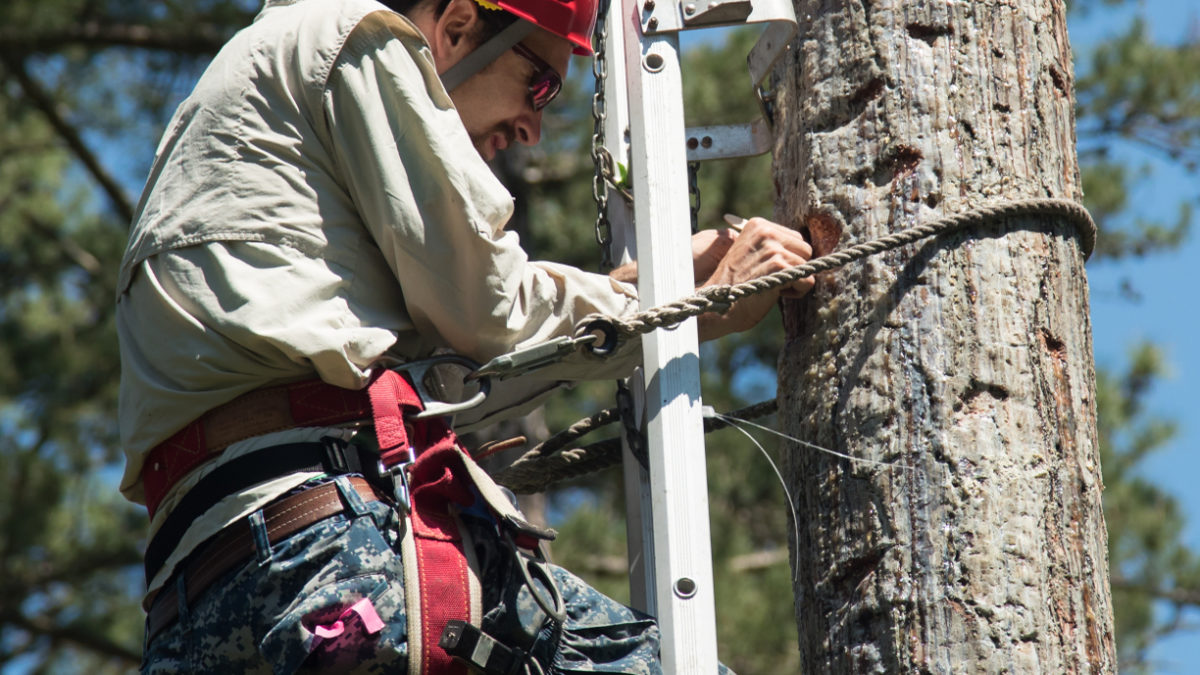Virginia woodpeckers have record production

James River eagle population continues to soar while productivity continues to fall
June 26, 2020
Platform use by nesting eagles
July 6, 2020By: Chance Hines
7/6/2020
The 2020 Virginia red-cockaded woodpecker breeding season has come to a close with a record high number of young produced. Production of young has increased from five fledglings in 2001 to 33 fledglings during the past breeding season. The number of potential breeding groups has increased from two in 2001 to 18 for the past three years. The current year’s production is especially exciting because every breeding group made a breeding attempt and a greater number of young were fledged per nest (1.83) than during the past few years.
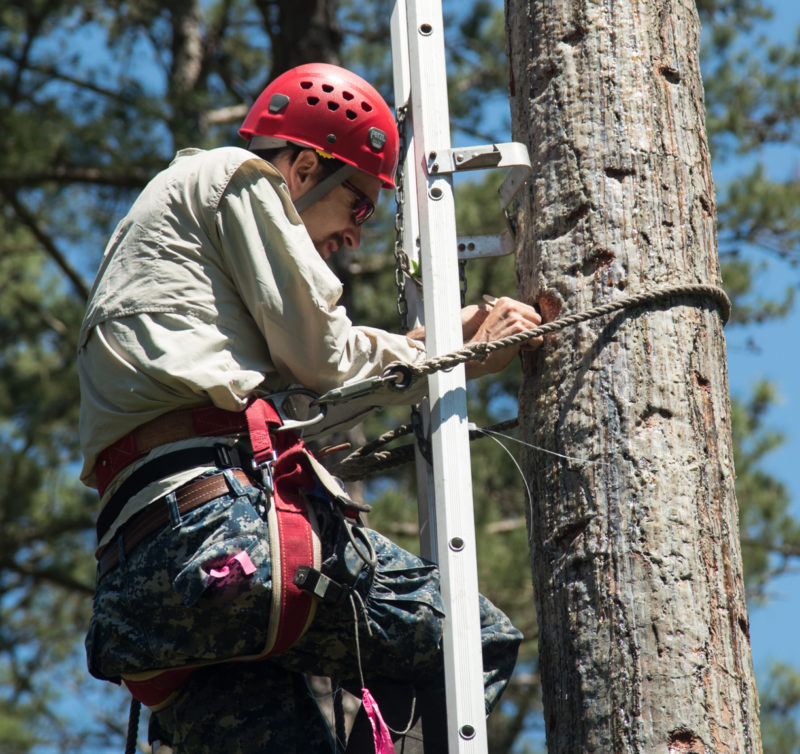
The success of the Virginia breeding population is particularly important, as it is the northern most population of red-cockaded woodpeckers. Being on the fringe of the species range, Virginia’s woodpeckers are also a bit different from populations found in southern locales. For example, fledged female birds have outnumbered males over the last ten years and this past breeding season held true to this trend. This is in contrast to southern populations where fledgling sex ratios are approximately equal or favor males.
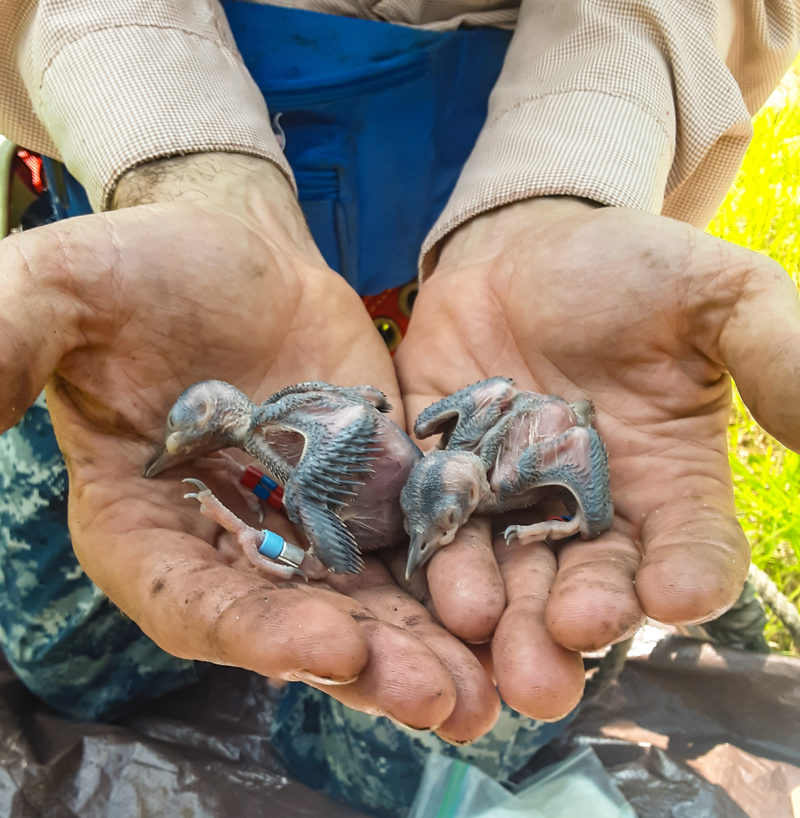
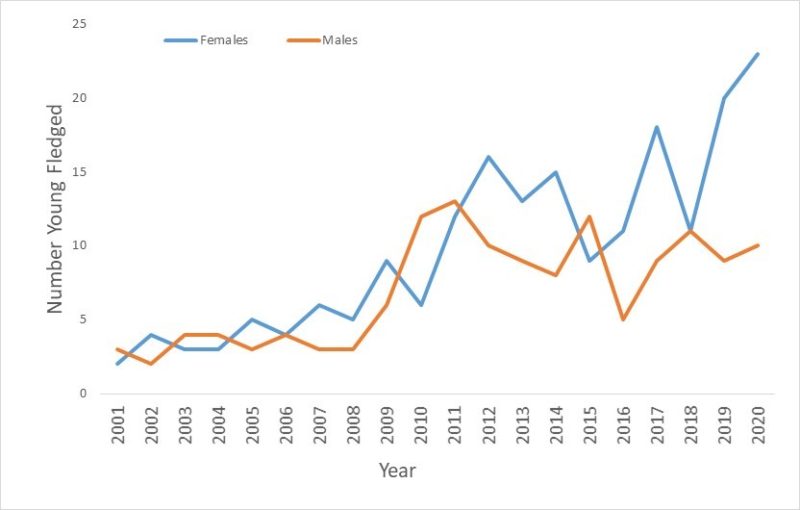
Red-cockaded woodpeckers are cooperative breeders which means that other adults often assist a pair in raising young. Generally, male offspring are more likely to stay and help their parents, and some researchers hypothesize that the typical male-biased sex ratio is a result of adults disproportionately provisioning nestling males in the hope that they will become future helpers at the nest.
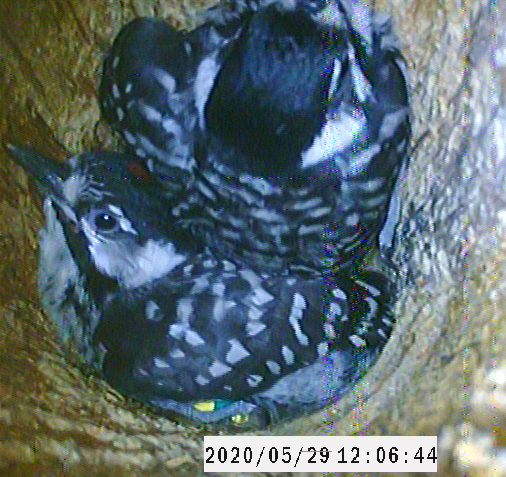
Following suit, males are more likely to help at nests in Virginia, but it is unclear if that has led to a greater provisioning rate for males. CCB biologists used a peeper camera to peer into several nests that were near fledging during the 2020 breeding season at Piney Grove Preserve. Birds can be accurately sexed as they near fledging as only males have a noticeable red patch of feathers on their crown. Female nestlings were at the top of the pile for five of the six mixed-sex broods that were peeped. The nestlings that are nearest the top of the cavity may be more likely to receive food as they are nearer the cavity entrance that the adults use to feed the nestlings. These results seem to suggest that adults provisioned females at a higher rate than males, though additional observations are needed to confirm the pattern and understand why. The growth of Virginia’s red-cockaded woodpecker population is a remarkable success story that has required the partnership of CCB, The Nature Conservancy, U.S. Fish and Wildlife Service, Virginia Department of Game and Inland Fisheries, and the Virginia Department of Conservation and Recreation. CCB will continue monitoring this population with the winter census, during which time we will determine how many of these fledglings will be retained in the Virginia population.

